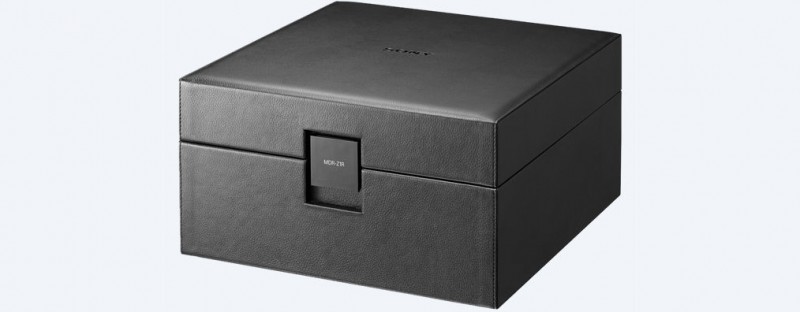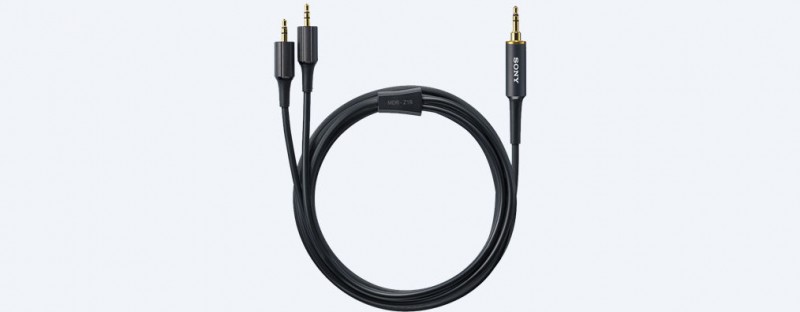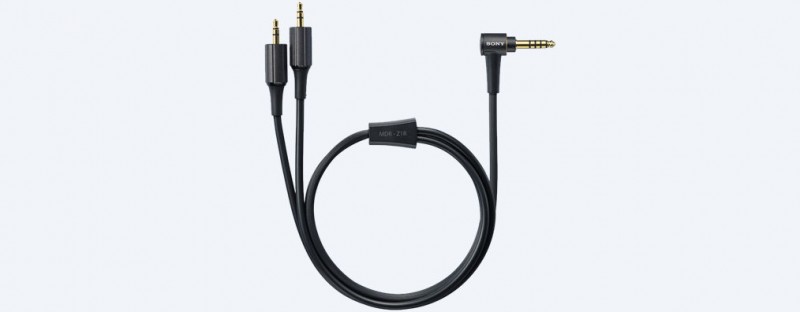This year, Sony reasserted itself as a hi-fi leader with a series of products that celebrate the company’s 70th anniversary. In the ear-can category, they rolled out the MDR-Z1R headphones, a serious set intended to make ‘phone stalwart Sennheiser and audiophile darling Grado a little uneasy.
Serious is the word, as the all-business all-black exterior indicates, as does the choice of titanium for a manufacturing material. These are ‘phones for dedicated listeners, and are easily adjusted, and loaded with padding and super-soft sheepskin leather, for easy adjustment and comfort over long groove sessions.
The look of the MDR-Z1R is strictly utilitarian; no brushed copper or high-gloss wood accents here. Sony preferred to depend on defending their reputation for sound reproduction in marketing the unit, and put all unit-cost manufacturing funds into the one of the largest dynamic drivers ever used in any set of regular production headphones: a two-section 70mm magnesium diaphragm that will produce silky highs of 120 kHz, and satisfyingly thumping lows all the way down to 4 H. That’s very low down indeed, and certainly qualifies as ‘bass you can feel’. They opted for a neodymium magnet, as well; neodymium is the cutting edge of speaker magnet materials, and is praised for its neutrality and pure representation.
A close look at the MDR-Z1R set reveals the interesting interior grilles. Their design is inspired by the Fibonacci sequence, and Sony tells us that they, too, will help produce a more faithful sonic representation. We’re approaching audiophile voodoo here, though.
As far as exterior, the protective steel mesh is coated in a special long-wearing material. And, as far as even more exterior, the set comes in a very nice presentation box.
The headphones retail for $2,600, and may be had online for around $1,800. No word from Sony on how use of the term ‘Fibonacci sequence’ affects the MSRP.
















